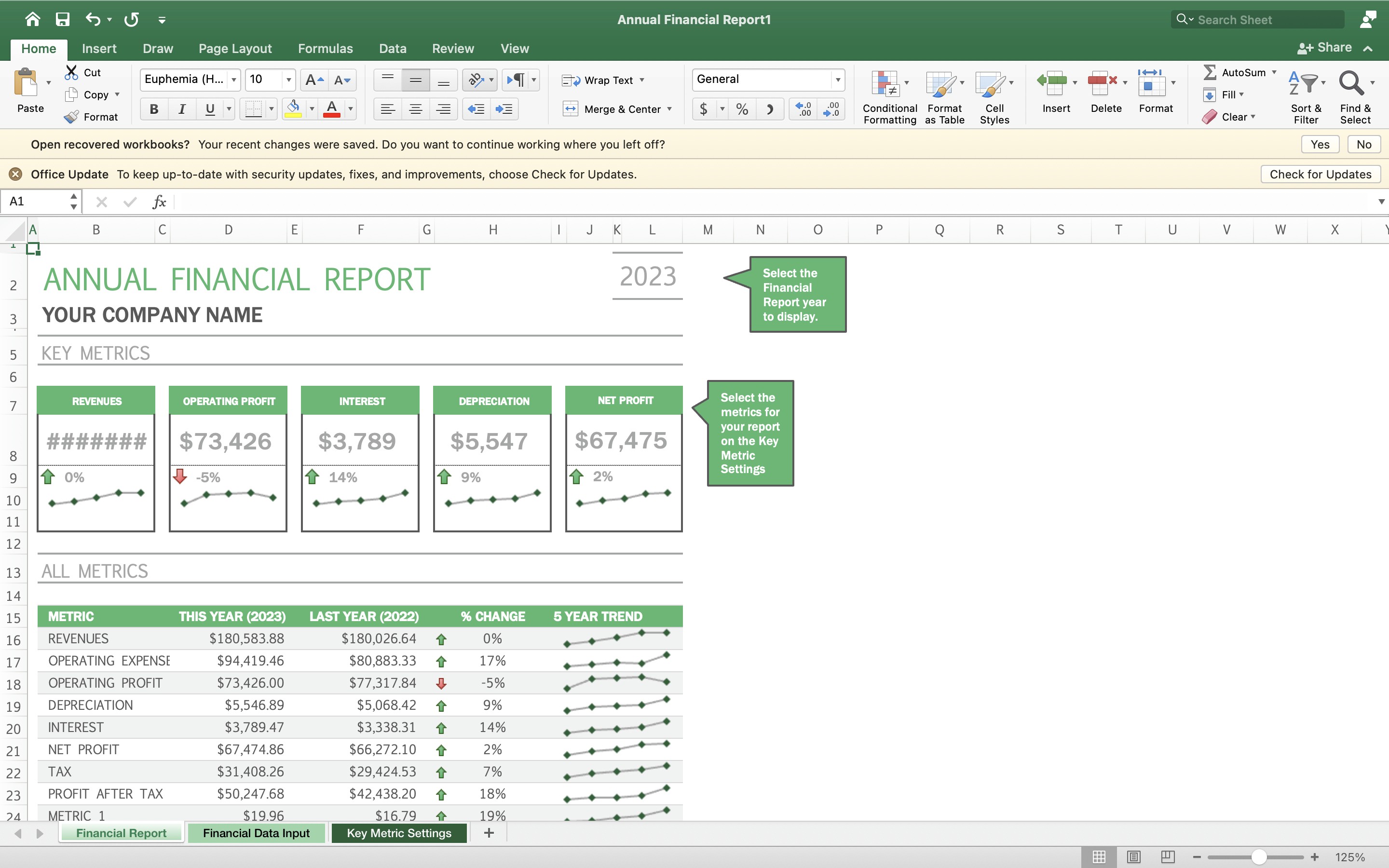7 mistakes founders make building their first tech product
Business
Elyse Ash
Oct 4, 2022
Much like learning to ride a bike or baking a cake (I *still* get tsp and tbsp mixed up!), there’s a steep learning curve when it comes to building your first digital product. The process requires structure, support, decisiveness, and some level of technical knowledge.
And when you’re building technology, small mistakes can easily add up and cost you serious time, money, and stress.
Today we’re sharing common mistakes we see non-technical founders make when building their first tech products. The good news; many of them are easily avoidable. So if the process seems confusing and overwhelming, don’t stress. Here are a few common missteps to watch out for.
7 Common Tech Mistakes that First-Time Founders Make

Photograph of a spilled cup of coffee
1) They’re building a product no one wants or cares about.
We all know the iconic line from Field of Dreams; “If you build it, they will come.” Unfortunately this is not the case for building apps. A lot of first-time founders think all they need to do is buckle down and get their digital product launched in order to gain users and traction. Nope.
Fortunately this is a pretty simple mistake to avoid. All you have to do: conduct customer research. Whether you’re running 1:1 interviews or sending around surveys, gaining information about what your prospective users want is incredibly important. Are you building the right thing? It sounds simple enough, but you’d be shocked at how many founders don’t ever ask their prospective customers if they’re building a solution they’re even interested in (or worse, for a problem they don’t even really have).
Tip: Invest time/resources in customer research. What proof do you have that people want this? How is it different from other solutions? Do you NEED to build tech to get started or is there a simpler way to demonstrate proof of concept?
2) They’re a luddite.
While no one expects you to be able to write code, you do need a basic level of curiosity and understanding when it comes to technology. Understanding what a backend system does and how systems talk to one another is incredibly helpful when managing a tech product and making informed decisions around its architecture.
Being apathetic or blasé about technology will definitely make building a tech product harder in the long-run.
Tip: Do your tech research. While you don’t have to become an engineer or technologist, it is incredibly helpful to have a base-level understanding of technology terms (e.g. what are the most common coding languages? What’s a PWA vs a Native App? What is an API?)
3) They hire a tech team they don't know (or trust).
While tech is expensive to build, it’s more expensive if you have to keep starting over or redoing work because your development partners don’t understand your vision, keep making mistakes, or missing deadlines.
It’s important to do your due diligence when it comes to hiring technical partners. Do they feel comfortable asking you questions? How do they like to demo their work? Who are the people who will be building your product? Do they understand your vision and the feature priorities? How do you know if the project is on track or off track?
Tip: Hire and work with a team you trust. Not only will the work go smoother, but you’ll get extra feedback and help around building long-term solutions. If you don’t know where to start, ask some friends for referrals or recommendations.

Photo of two developers sitting at their computers
4) They don’t have wireframes or a working prototype before they start building.
Even if you have a very clear vision of what you want your digital product to look like (“It’s like Doordash for toilet paper delivery!”), or how you think it should work, it’s essential to spend time wireframing at the beginning of your project.
Wireframing and prototyping help everyone understand what they are building and why. The process also has a way of aligning your designers, engineers, and other team members so folks can uncover potential hiccups or challenges to address either for the MVP phase or in future release.
Tip: Use a program like Figma to create a clickable prototype that you can demo to your prospective users or investors. Consider sharing these screens on your marketing website to help grow excitement and anticipation for your product launch!
5) They insist on having a feature-rich, perfect product built and launched at one time.
The concept of an MVP (Minimum Viable Product) is often misunderstood and misinterpreted, but it’s essential for founders to understand. Knowing what an MVP is and why technology is best built in phases like this vs building everything all at one time is essential for a successful v1 release. If you’re unable to stay focused on the basic functionality of your product, you’ll keep adding and your release date will get pushed back. It’s better to keep things lean and speedy at first, then add features and flair as you go (and learn from your users what they actually want).
Tip: Familiarize yourself with the concept of an MVP and remember that building happens in phases. Be honest about what jobs to be done your tech needs to address first. Discover where you can be efficient and where you can cut corners - remember not everything needs to be custom-built.
6) They don’t know how to pay for building technology.
Technology is expensive to build; and no matter how much time potential vendors spend trying to estimate how much a digital product will cost to build, it’s almost always wrong. There are often unforeseen integrations, bugs, issues, and other hiccups that can happen along the way. It’s sort of like doing renovations on your old house…start tearing down walls and you’ll see all the other items that need addressing.
It’s important to have plenty of budget set aside for your project. So whether you’re self-funded, already generating revenue, applying for grants ,or looking to raise money from investors, your project will be less stressful if you already know how you’re paying for it.
Tip: Secure your funding before you start building out your MVP. Know how much you’re comfortable spending and be sure to have open, frequent conversations with your tech team to ensure there are no budget surprises later. Remember to also put some budget aside in case there’s an emergency or for future maintenance to dos.
7) They think their product is done after v1 launches.
The thing about software is that it’s never really done. Software requires frequent updates, both from a security perspective and also from a best practices perspective. Even well-established digital products like Facebook, Spotify, and AirBNB are constantly redesigning their experiences, adding features, and removing others.
When founders understand that software requires ongoing maintenance, they’re better able to budget, plan, and adjust their future product roadmaps.
Tip: Always have a list of what features you want to build next. Also, it’s helpful to have an idea of where your budget will be coming from so you can continue making updates and ensure your product is secure and working well.

Overhead photo of three people pointing to a computer screen
Most importantly, make sure you work with a tech partner who knows how to move fast, build in relevant, efficient tech stacks, and can help guide and support you through this murky oftentimes-overwhelming process.




